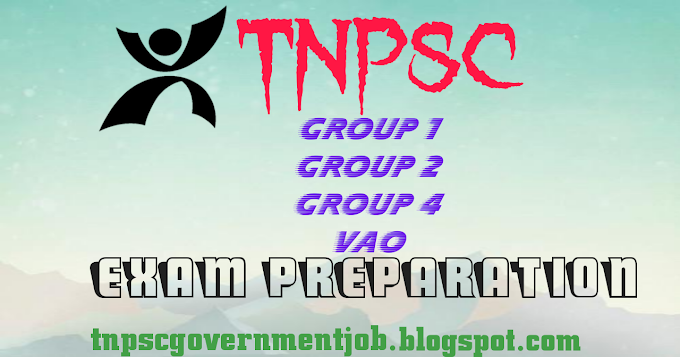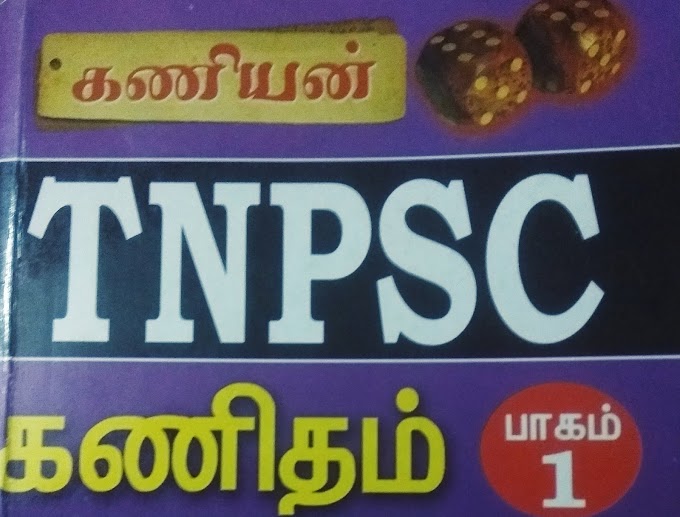IAS MAIN EXAM OPTIONAL PAPER POLITICAL SCIENCE AND INTERNATIONAL RELATIONS SYLLABUS
The political science and international relations optional papers question are mainly ask in current affairs. It consists of two papers; paper-I(polity theory and Indian politics)and paper-II(comparative politics and international relations comparative political analysis and international politics).in this paper also available in preliminary exam general studies paper.
PAPER-VI & PAPER VII
Optional Subject Papers I & I
POLITICAL SCIENCE AND INTERNATIONAL RELATIONS
PAPER- I
Political Theory and Indian Politics:
1. Political Theory: meaning and approaches.
2. Theories of state :
- Liberal,
- Neo-liberal,
- Marxist,
- Pluralist,
- post-colonial and Feminist.
- Conceptions of justice with special reference to Rawl’s theory of justice its communitarian critiques.
- Social, political and economic;
- the relationship between equality and freedom;
- Affirmative action.
- Meaning and theories;
- different kinds of rights;
- The concept of Human Rights.
- Classical and contemporary theories;
- different models of democracy—representative,
- participatory and deliberative.
- hegemony,
- ideology and legitimacy.
- Liberalism, Socialism,
- Marxism,
- Fascism,
- Gandhism and Feminism.
- Dharamshastra,
- Arthashastra
- Buddhist Traditions;
- Sir Syed Ahmed Khan,
- Sri Aurobindo,
- M.K.Gandhi,
- B.R.Ambedkar,
- M.N.Roy.
- Plato,
- Aristotle,
- Machiavelli,
- Hobbes,
- Locke,
- John S. Mill,
- Marx,
- Gramsci,
- Hannah Arendt.
1. Indian Nationalism :
(a) Political Strategies of India’s Freedom Struggle :
- Constitutionalism to mass Satyagraha,
- Non-cooperation,
- Civil Disobedience;
- Militant and Revolutionary Movements,
- Peasant and Workers Movements.
(b) Perspectives on Indian National Movement; Liberal, Socialist and Marxist; Radical Humanist and Dalit.
2. Making of the Indian Constitution :
- Legacies of the British rule;
- different social and political perspectives.
- The Preamble,
- Fundamental Rights and Duties,
- Directive Principles;
- Parliamentary System and Amendment Procedures;
- Judicial Review and Basic Structure doctrine4.
- Envisaged role and actual working of the Executive, Legislature and Supreme Court.
- Envisaged role and actual working of the Executive,
- Legislature and High Courts.
- Panchayati Raj and Municipal Government;
- The significance of 73rd and 74th Amendments;
- Grassroots movements.
- Election Commission, Comptroller and Auditor General,
- Finance Commission,
- Union Public Service Commission, National Commission for Scheduled Castes, National Commission for Scheduled Tribes,
- National Commission for Women;
- National Human Rights Commission, National Commission for Minorities,
- National Backward Classes Commission.
- Constitutional provisions;
- changing nature of center-state relations;
- integrationist tendencies and regional aspirations;
- inter-state disputes.
- Nehruvian and Gandhian perspectives;
- Role of planning and public sector;
- Green Revolution,
- land reforms and agrarian relations;
- liberalization and economic reforms.
10. Party System :
- National and regional political parties,
- ideological and social bases of parties;
- Patterns of coalition politics;
- Pressure groups, trends in electoral behavior;
- changing socio-economic profile of Legislators.
- Civil liberties and human rights movements;
- women’s movements;
- environmentalist movements.
PAPER-II
Comparative Politics and International Relations-Comparative Political Analysis and International Politics :
1.Comparative Politics :
- Nature and major approaches;
- Political economy and political sociology perspectives;
- Limitations of the comparative method.
- Characteristics and changing nature of the State in capitalist-socialist economies
- advanced industrial and developing societies.
- Political parties,
- pressure groups social movements in advanced industrial developing societies.
- Responses from developed developing societies.
- Idealist,
- Realist,
- Marxist,
- Functionalist
- Systems theory.
- National interest, security, and power;
- The balance of power and deterrence;
- Transnational actors and collective security;
- World capitalist economy and globalization.
- The rise of superpowers; Strategic and ideological Bipolarity, the arms race and cold war; Nuclear threat;
- Non-aligned Movement: Aims and achievements.
- The collapse of the Soviet Union; Unipolarity and American hegemony; Relevance of non-alignment in the contemporary world.
- From Brettonwoods to WTO;
- Socialist economies and the CMEA (Council for Mutual Economic Assistance);
- Third World demand for a new international economic order;
- Globalization of the world economy.
- Envisaged role and actual record;
- Specialized UN agencies—aims and functioning;
- need for UN reforms.
- EU,
- ASEAN,
- APEC,
- AARC,
- NAFTA.
- Democracy,
- human rights,
- environment,
- gender justice terrorism,
- nuclear proliferation.
India and the World
1. Indian Foreign Policy:- Determinants of foreign policy;
- the institutions of policy-making;
- Continuity and change.
3.India and South Asia :
- Regional Co-operation: SAARC-past performance and future prospects.
- South Asia as a Free Trade Area.
- India’s “Look East” policy.
- Impediments to regional co-operation: River water disputes; illegal cross-border migration; Ethnic conflicts and insurgencies; Border disputes.
- Relations with Africa and Latin America;
- Leadership role in the demand for NIEO
- WTO negotiations.
- USA,
- EU,
- Japan,
- China and Russia.
- Role in UN Peace-keeping;
- Demand for Permanent Seat in the Security Council.
- Changing perceptions and policy.
- India’s position on the recent crises in Afghanistan, Iraq and West Asia, growing relations with US and Isreal;
- The vision of a new world order.
Related Articles
IAS exam schemes and apply procedures
Ias exam prelims-mains syllabus
Geography optional paper
History of optional paper
Public Administration optional paper
Psychology optional paper
Medical science optional paper
Tamil and Telugu Literature optional paper
Sociology optional paper
Political science and International relations optional paper
Online Test Series
Ancient India History
Indian Polity
Current Affairs
Modern India History
TNPSC Related Articles
Group 1 Exam
Group 2 Main Exam
Tamilnadu government Schemes
IAS exam schemes and apply procedures
Ias exam prelims-mains syllabus
Geography optional paper
History of optional paper
Public Administration optional paper
Psychology optional paper
Medical science optional paper
Tamil and Telugu Literature optional paper
Sociology optional paper
Political science and International relations optional paper
Online Test Series
Ancient India History
Indian Polity
Current Affairs
Modern India History
TNPSC Related Articles
Group 1 Exam
Group 2 Main Exam
Tamilnadu government Schemes







